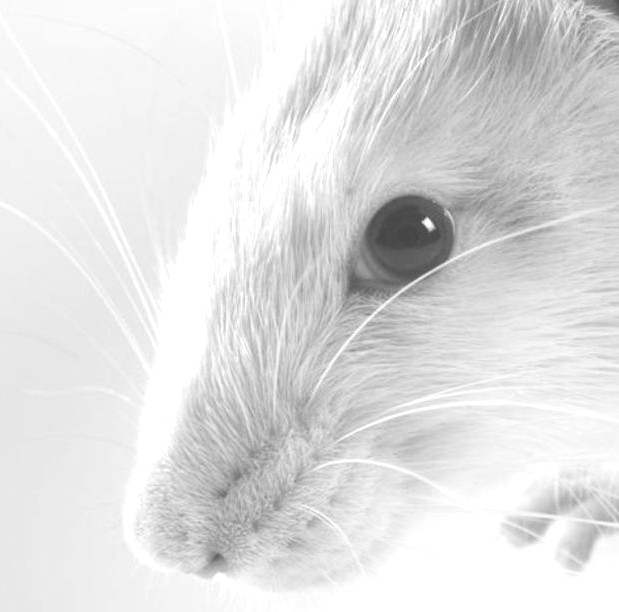Plague prompts prison switch
 A mouse plague has forced the evacuation of a NSW prison.
A mouse plague has forced the evacuation of a NSW prison.
Mice have invaded Wellington Correctional Centre, one of the state's largest prisons. They have caused extensive damage to infrastructure, and there are now concerns about inmate health and safety, with dead and decaying mice piling up.
Around 420 prisoners and 200 staff will be relocated over the course of the next week, allowing time for the site to have repairs and a deep clean. Its operators are also undertaking measures to protect against future plagues.
Corrective Services NSW (CSNSW) says the centre may be out of action for up to four months.
Other regional jails will take on the evacuees, according to CSNSW Commissioner Peter Severin.
“Prisoners will go to various locations across the state according to their classification,” he said.
“Mice have invaded the centre and the damage is to such an extent that we're much better off evacuating the centre for a period of time.”
“The mice start decaying and then the next problem is mites and we just don't want to expose staff and prisoners to anything that could cause harm to their health.
“It's not an easy decision but it's one that's responsible.”
Female inmates are the first to be bussed out, taken either to Bathurst or Broken Hill. Some inmates will also be relocated to the neighbouring Macquarie Correctional Centre.
Some Wellington Correctional Centre workers and prisoners will be redeployed to deep clean the site and repair infrastructure.
Additionally, outside tradespeople are beginning work this week.
Affected staff will be given the option to work in other jails or undertake training in the meantime.
The Assistant Commissioner of Custodial Corrections Kevin Corcoran said it is vital to ensure the prison is not shut down again in the event of another plague.
“We want to do this overhaul once and we want it done properly, which means we'll be looking at ways to mitigate the effects of similar plagues in the future,” Mr Corcoran said.
The NSW Government has announced $150 million in funding to date to address the ongoing mouse plague.







 Print
Print